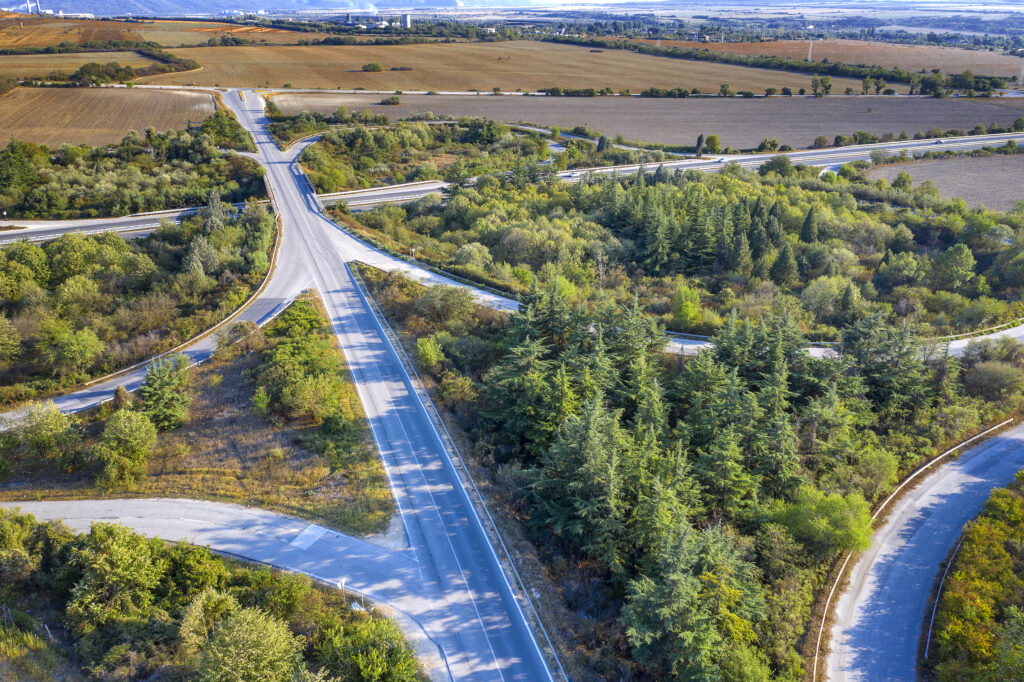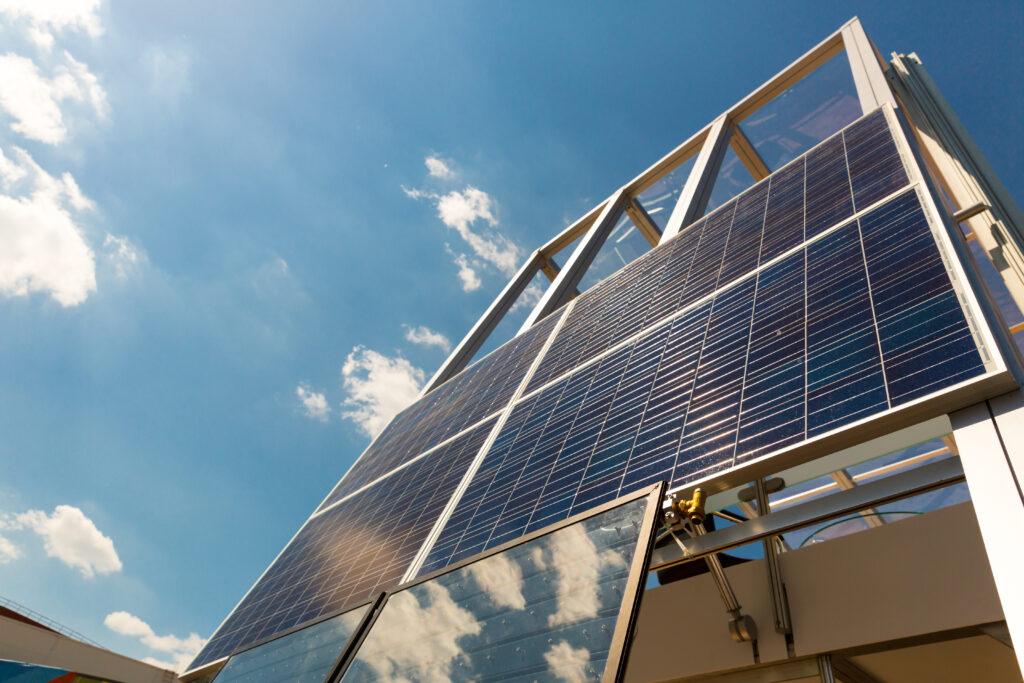Global warming and its impact on the planet, its denizens, and the ecosystem has been a mounting apprehension for decades. Despite years of attempts by the scientific community to counteract or, at the very least, moderate climate change, it remains a pressing concern. However, the recent emphasis on climate activism, climate change adaptation, and mitigation has assumed even greater significance.
There has been a considerable advance in technologies designed to reduce the impact of climate change and help the planet and its inhabitants adapt to these changes, with millions, if not billions, expected to be affected by these innovations.

Green Infrastructure as a Climate Change Adaptation
Green infrastructure is quickly becoming a popular tool for minimizing the impact of climate change, such as rising temperatures and extreme weather events. Green roofs and trees can be strategically used in urban environments to reduce the effects of increasing temperatures. As another example, shorelines can be protected from erosion and damage by buffers and dunes.
Innovations in green infrastructure are being utilized to tackle issues with stormwater drainage. Traditionally, towns have depended on gray infrastructure, such as pipes, tunnels, and gutters, to direct water to waterways and local treatment plants. This outdated system can increase the risk of water pollution and overburdened treatment facilities.
Green infrastructure, such as permeable pavements, green parking lots, and rain gardens, is being installed as cities adapt to climate change. Green infrastructure also includes plants and oil systems that absorb, evenly distribute, and efficiently use stormwater as it falls.

Renewable Energy’s Role in Climate Change Adaptation
The perception of renewable energy as a novel technology is a common one. However, it is essential to acknowledge that wind and solar power have been efficaciously energizing homes and cities for several decades. The innovation designed to reduce dependence on traditional energy sources, such as coal, gas, and oil, is rapidly advancing and helping climate change adaptation. The first cargo ship equipped with a wind-powered propulsion system set sail in October 2022.
Energy-harvesting yarn stands as yet another remarkable stride in the progression of renewable energy. Researchers from the University of Dallas invented a “stretchy yarn made of carbon nanotubes.” This yarn, which is 10,000 times smaller than a strand of hair, can convert mechanical motion into energy. Advanced technologies like this can help reduce greenhouse gas emissions, make electric power more affordable, and expand access to electricity in areas lacking.
Climate Change Adaptation with Carbon Capture and Storage
Climate change is considered primarily caused by carbon dioxide, one of the most significant greenhouse gases. Carbon Capture and Storage (CCS) is specifically designed to help reduce CO₂ emissions through carbon sequestration. This climate change adaptation method captures carbon dioxide at power plants and reroutes it to underground reservoirs.
Currently, CCS solutions can only capture about 55% of CO₂ from these plants, but the future goal is to maintain a 90%-100% capture rate. With this objective in mind and the need to mitigate the impact of greenhouse gases on the climate, we expect that investment in energy storage will grow to nearly $620B by 2040.

Climate-Smart Agriculture
According to recent studies, more than 800 million people worldwide go hungry. In addition, it is predicted that global food production will need to rise by more than 60% by 2050 to feed the world’s growing population. While there are many reasons for food insecurities worldwide, climate change is a significant culprit. Rising temperatures and extreme weather systems are impacting agricultural lands and production outcomes.
Investments in climate-smart agriculture innovation are leading the way to help overcome some of these challenges. Examples of climate change adaptation through climate-smart agriculture include the invention of drought-tolerant seeds and advanced irrigation systems. These techniques are helping more than 300,000 farmers in Niger sustainably farm nearly 80,000 hectares of land. Other scientific adaptations in climate-smart agriculture include low-carbon farming, precision agriculture, sustainable cattle ranching systems, and innovative feeding strategies.
Green Finance as a Climate Change Adaptation
The Paris Climate Agreement set lofty goals for climate change mitigation and developing adaptation strategies for climate change. However, reaching these goals requires more than just government grants and climate change policy — it also requires green, sustainable finance. The good news is that worldwide green finance has increased 100 times over the last ten years. This financing includes a combination of green bonds, traditional loans, and private equity.
Investors are choosing to invest in everything from green infrastructure and renewable energy to CCS and intelligent agriculture. Additionally, banks increasingly use multifaceted risk assessments to identify potential climate-related risks. These assessments can help owners and developers work on ways to mitigate these risks, develop climate change adaptation strategies, and minimize their impact on climate change.
Climate Change Mitigation and Innovation
Issues such as food insecurities, rising temperatures, rising ocean levels, and extreme weather events will continue to drive climate change mitigation and adaptation.
As the weather gets warmer, you can use green financing to adapt to climate change. Whether investing in green bonds, green stocks, or green financing, you can be sure these funds can go a long way in helping the world mitigate and adapt to climate change. Contact Hamptons Group to explore your investment options.

